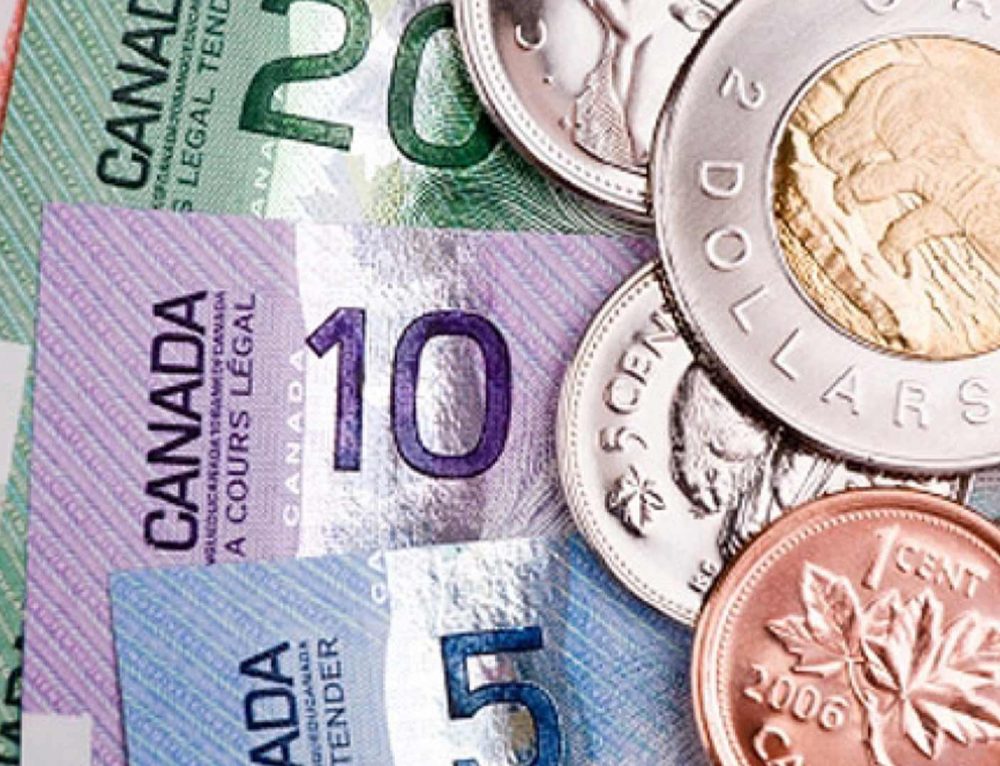The economic impact of COVID-19 is weighing heavily on consumer prices in Canada.
The economic impact of COVID-19 is weighing heavily on consumer prices, which have fallen the most since the 2008-2009 financial crisis, according to Statistics Canada. The agency said Wednesday that four of the price categories it tracks were down in May compared to last year, including transportation, clothing, and footwear.
Food and shelter costs were higher, yet in total Canada’s inflation rate fell to a -0.4% annual pace, the second month in a row below zero as cheaper gasoline offset price increases elsewhere. Prices at the pump were 29.8% lower than in May 2019.
The good and the bad
Despite the negative inflation rate, some prices actually bounced back, including the price of meat, car insurance, and gasoline itself, which rose 16.9% from the low it hit in April.
Nevertheless, clothing prices fell by another 1.8%, bringing the two-month decline to 7.6%—the biggest plunge on record. Shelter costs fell by 0.3%, mainly because of a 0.8% decline in rent, the biggest drop in rental costs in 70 years. The price of phone services and furniture also fell again, by an additional 2.4% and 3.3% respectively. While persistently lower prices, known as deflation, may sound like a good thing, they can actually pose a very serious situation that can prove difficult for an economy to pull itself out of. Because of the dramatic impact of COVID-19, it’s really too early to say whether or not deflation is settling in for the long term, but some analysts believe it’s a possibility.
Others think that things are looking up. On the back of economies opening up again, there are promising signs in recent data that there will be a modest lift in consumer prices in the months ahead, regardless of the doubts that will linger until a vaccine for the coronavirus is found.












